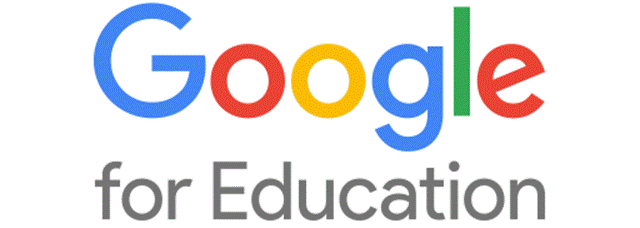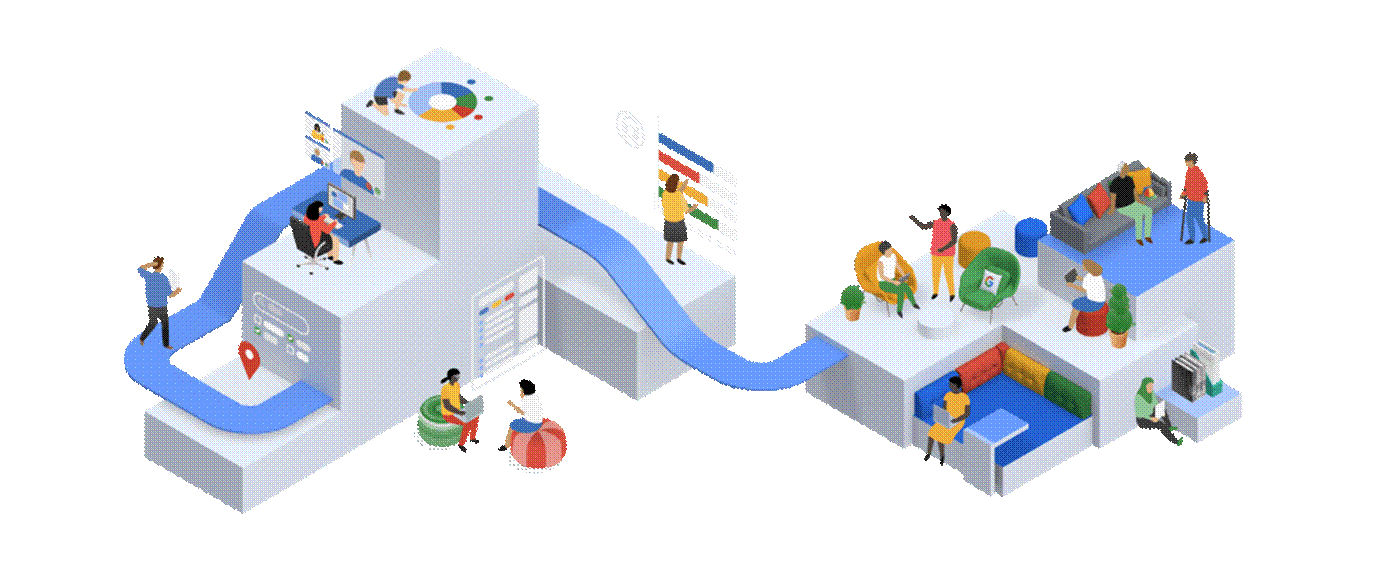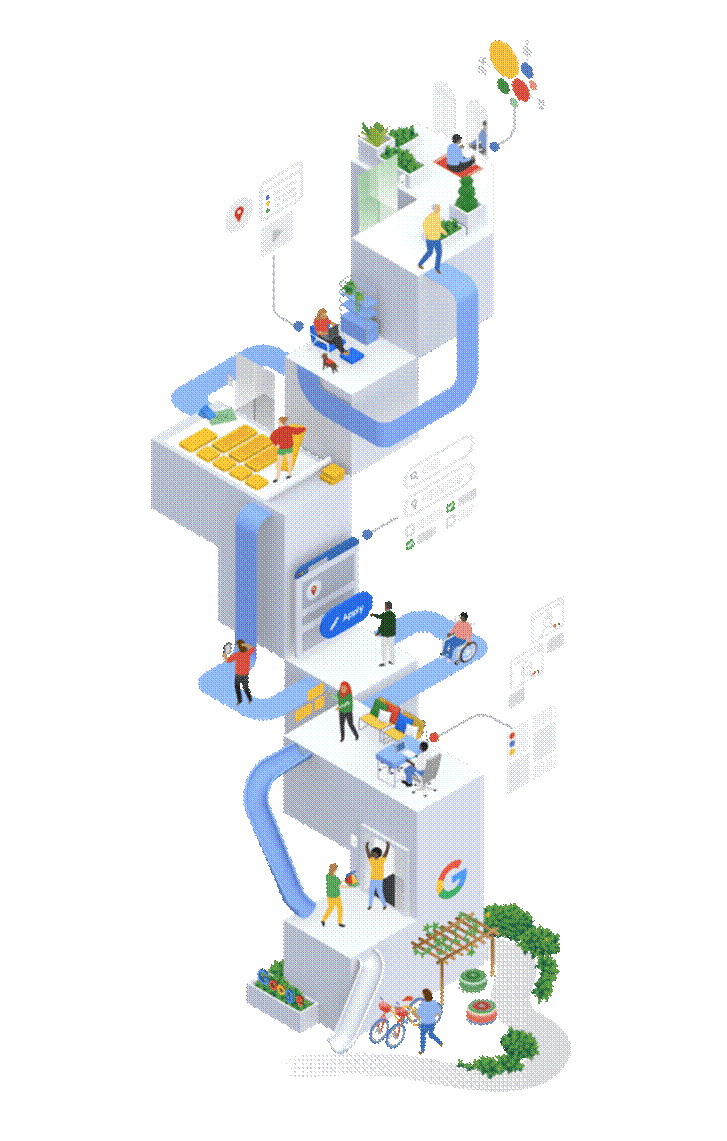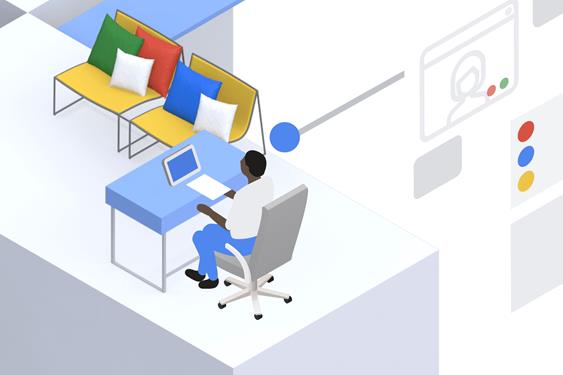Contact Numbers
033 4007 19919903995949
7044747141
Emails
Institute.imcfts@gmail.cominstitute@imcftsmedia.com
imcfts@rediffmail.com

Collaboration.
Hi Shyamal, |
Only Google Workspace includes the familiar apps that over 3 billion users know and love, with intelligent capabilities for work. |
And at the heart of our innovations is the people. |
Would you like to find out how companies around the world are staying ahead of the games with Google Workspace’s powerful, AI-enabled tools that focus on People First Collaboration? |
Then don’t miss this chance to hear from Google Workspace and our customers as we share how our solution fuels communication, creation and collaboration with Smart Canvas. AI and ML-enable features. |
Learn how you can foster wellness with cognitive needs features in Google Calendar, such as Focus Time to focus on what matters most and use Meet in inclusive people communication and Collaboration Tool. |
Don’t miss this on-demand webinar to learn and explore the innovative tools available to help you get work done faster and simpler. |
Don’t miss the exclusive ‘5 Reasons Google Workspace Enables Anytime, Anywhere Collaboration’ guide provided for all attendees! |
See you online, |
KNOW IN DETAILS YOUR CHANCES TO GET A JOB UNDER GOOGLE

We know hiring processes can seem overwhelming, but we don’t want you to feel overwhelmed at Google. We want all candidates – from entry level to leadership – to have access to the same information and resources (after all, our mission is to organize the world’s information and make it universally accessible and useful).
Google’s hiring process is an important part of our culture. Googlers care deeply about their teams and the people who make them up. We also care about building a more representative and inclusive workplace, and that begins with hiring. In order to truly build for everyone, we know that we need a diversity of perspectives and experiences, and a fair hiring process is the first step in getting there.

With that in mind, we’ve broken down the process both visually and verbally below, to turn these abstract statements into a tangible map for you to follow as you apply.
While we’re sure you’re ready to dive into the depths of the job search, we recommend starting with an often-overlooked first step: focus on you.
Have you ever discovered you’re good at something you're not passionate about? Many of us have. This may be a result of the work you like to do, or it may be something you’ve had to get good at because of a previous project or role. The more skills you have the better — but it’s hard to build a fulfilling career on something that doesn’t excite you. Before you start applying, take some time to ask yourself a few of these questions:
Now, sit with your history for a moment. Consider all the best, most rewarding elements of your experience, and let them come together to create a picture of where you want to go next in your career.
Why the visualization exercise? Your skills, interests, and goals are the result of your life, your experiences, your triumphs, and your failures. If we hire you based on your skills, we’ll get a skilled employee. If we hire you based on your skills, and your enduring passions, and your distinct experiences and perspectives, we’ll get a Googler. That's what we want.
Once you’ve taken some time to focus on what you’re looking for, you can get a better idea of who we are, what we’re about, and what it’s like to work at Google.
Our goal is for you to feel like you know us a bit better, and that you’ve got enough information to feel like you’re applying for the right jobs.
Check out our company and our teams sites. View our YouTube channel and our locations. Read our blog and how we care for Googlers. The goal here is the job or jobs you land on should exist at the intersection of who you are and who we are. So go, click around for a bit. We’ll meet you back here.
You should now have a better sense of who we are and what part of the company and role seems like the best match for where you want to go.
It’s tempting to take your last resume and update it, tweaking it a bit here and there to include your latest work. But we’d like to suggest that you go a little deeper — we think you’ll feel much better about your hiring process if you do.
Keep your old resume next to you for inspiration, but start with a blank document and create a resume specifically designed for each job you want.
For each position do the following to build your job-specific resume:
A word on cover letters: they aren’t required (and may or may not be considered), so it’s your call on whether to include one. If you do decide to include a cover letter, many of the same suggestions we have for building a good resume apply here as well. For instance, tailor it to the job you’re applying for, tell us how you’ve made a difference and use data to back it up. Draw a direct line between your passion and our position, let us see who you are a bit.
We want you to focus on the jobs that delight you and that you match as opposed to submitting dozens of applications (it’s tempting, but it doesn’t work well — trust us). Quality, not quantity, is the way to go.
Using the careers search tool, tell us who you are, what you do, where you’d like to be, etc. — then start looking at some of the listings that match. As you’re browsing, keep in mind that you can apply for up to three jobs every 30 days.
Sidenote: Most Googlers applied for other roles at Google before they eventually made it to interviews — not getting a role can often be a matter of timing, rather than a reflection of your skills or qualifications. So if things don’t work out with your first application, don’t let that stop you from applying to other roles in the future.
If a Recruiting team member believes you might be a match for a job you’ve applied for, you’ll enter our hiring process.

While the process may differ slightly for different roles or teams, the same basics apply whether you’re applying for a tech job or a marketing job, an internship or a leadership position. Not all of these may apply for your role, but here are some of the ways we assess candidates in our hiring process:
Assessments: You may be asked to do a brief online assessment, like a coding quiz, after you’ve submitted your resume.
Short virtual chats: Before diving into more in-depth interviews, you’ll typically have one or two shorter conversations over phone or video. These will usually be with a recruiter and then with either the hiring manager or peer on the team, and are designed to assess key skills you’ll need for the role.
Project work: We sometimes ask candidates to complete a small project prior to their in-depth interviews. This could range from prepping a case study to providing writing or code samples (don’t stress, they’re not that scary and we won’t spring this on you without warning), and helps us understand how you think and approach problems. We’ll let you know about any additional materials we’ll need early on.
Interviews: We get excited about interviewing and take it seriously because, at the risk of sounding cliché, Google is what Googlers make it. Our process can be rigorous (typically 3-4 interviews in one day, either over video or in person), but it’s also meant to be friendly, warm, and gives you the opportunity to get to know us better too. We’re guided by our goal of creating an equitable and inclusive experience where candidates from a wide variety of backgrounds have an opportunity to succeed.
In the end, we want above all to assess your skills and see if you and this role are a match (there aren’t any brain teasers, and who knows, you might even have some fun). So we conduct our interviews using these guiding lights:
When it comes to accommodations, our Staffing team is here to help. From sign language interpreters to specialized equipment, interview breaks to extended time, we aim to provide the support you need so you can keep the focus on your conversations.
Learn more about how to prepare for interviews.
After your interviews are done, we’ll bring everything together from your application and interviews and review it.
We say “we” because we take into account a number of perspectives to come to a decision. If we decide that you’re the best candidate for the role, your recruiter will reach out to you with an offer.
Once you’ve accepted the offer, the Google onboarding team will walk you through compensation, benefits, badging, insurance and so on, after which you are on your way to becoming a Noogler! Put on your hat and get your Noogliness on — we’re thrilled to have you.
Google is proud to be an equal opportunity workplace and is an affirmative action employer. We are committed to equal employment opportunity regardless of race, color, ancestry, religion, sex, national origin, sexual orientation, age, citizenship, marital status, disability, gender identity or Veteran status. We also consider qualified applicants regardless of criminal histories, consistent with legal requirements. See also Google's EEO Policy and Know your rights: workplace discrimination is illegal. If you have a need that requires accommodation, please let us know by completing our Accommodations for Applicants form.